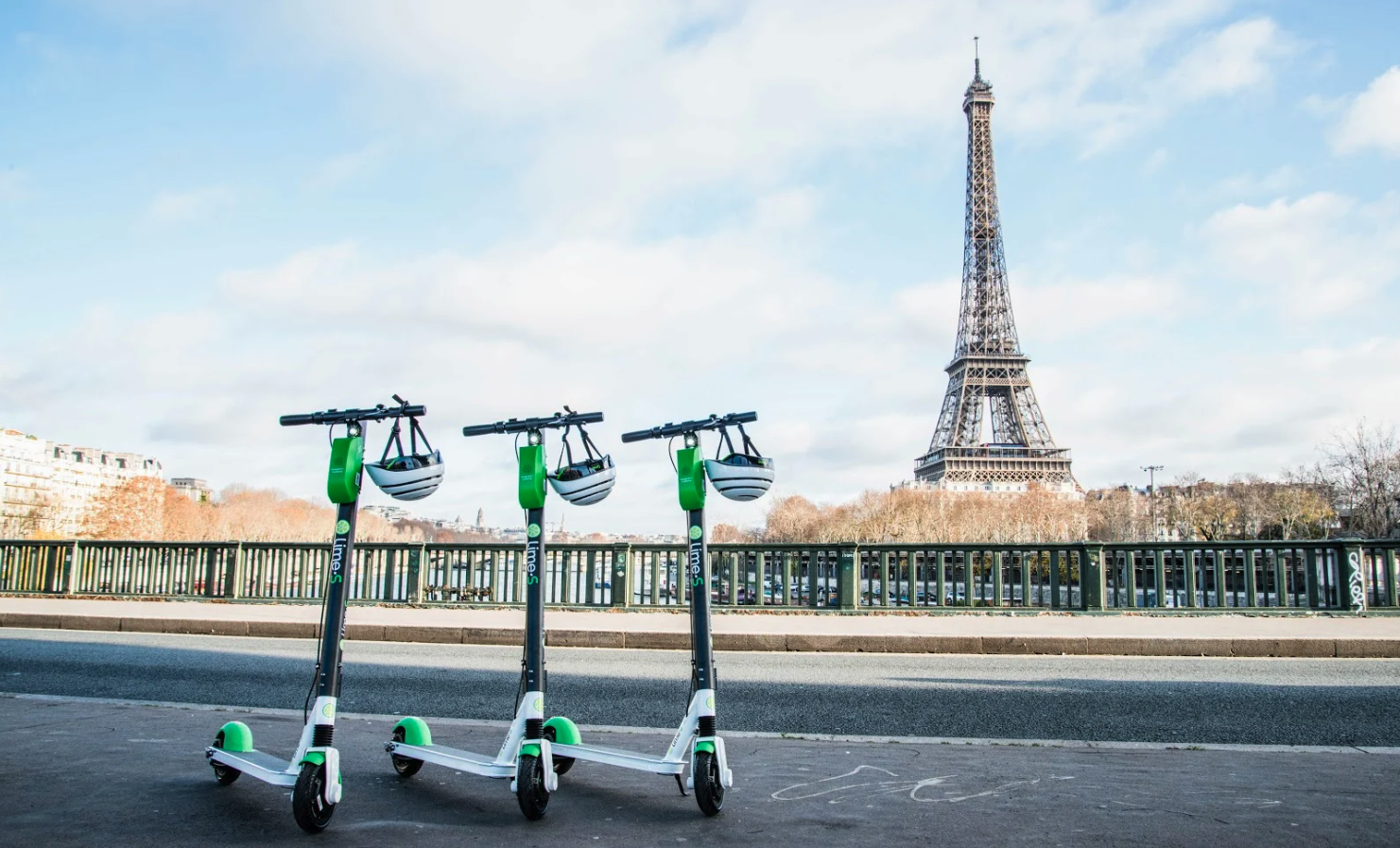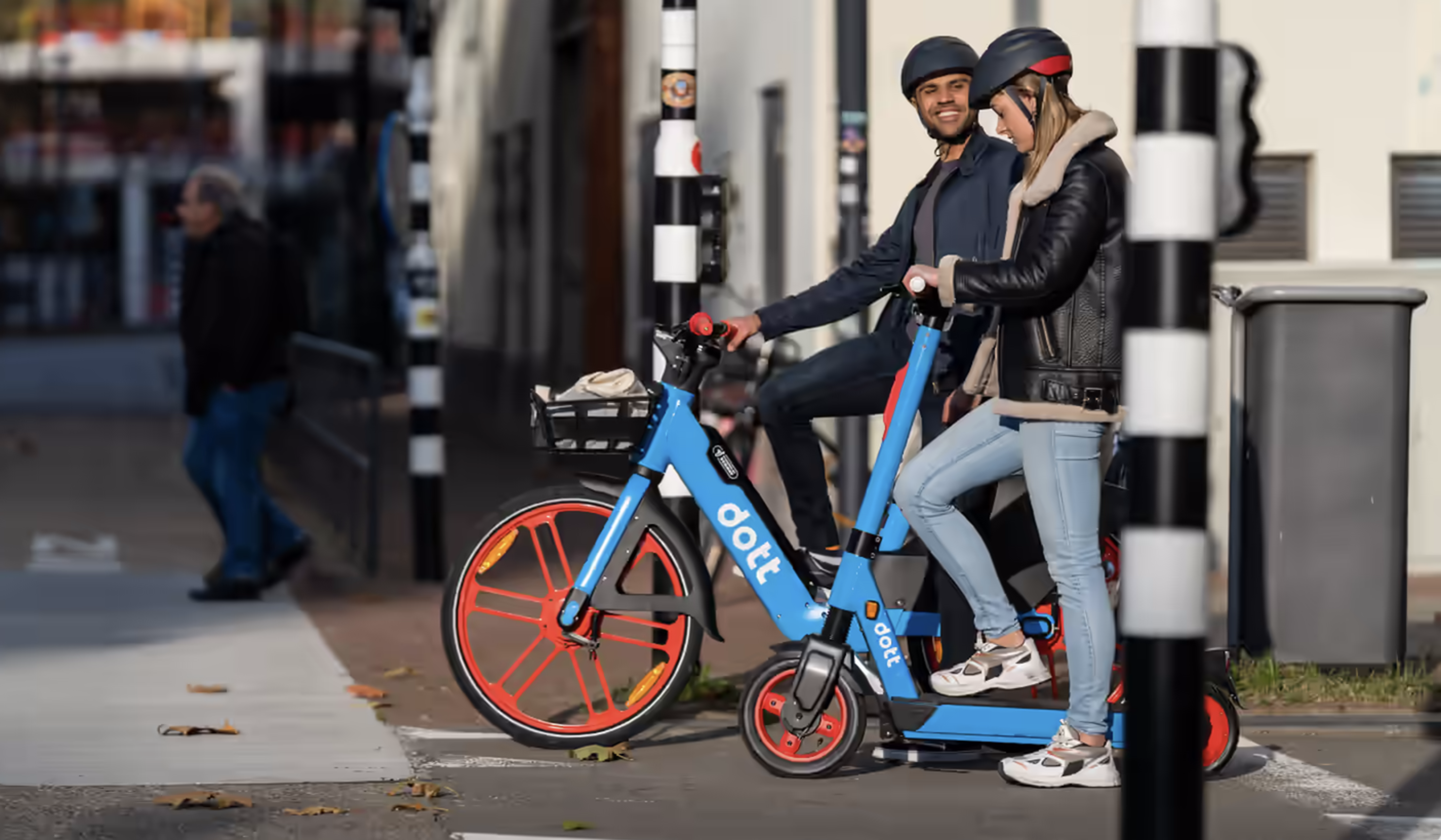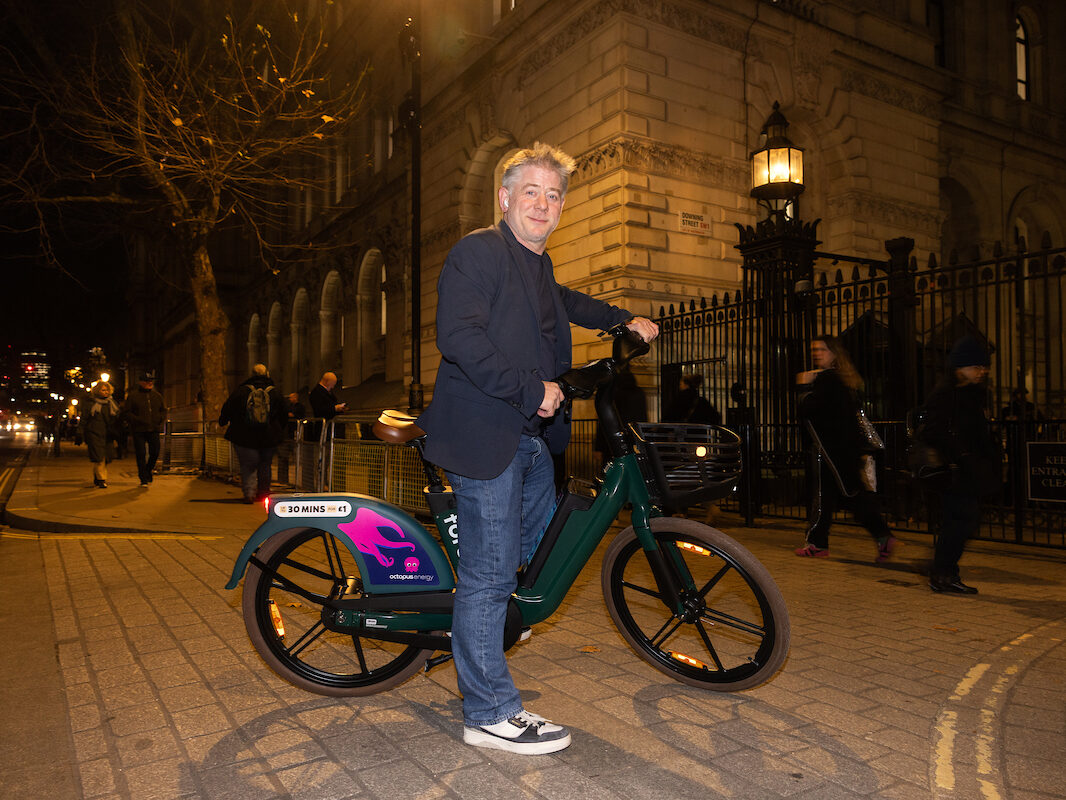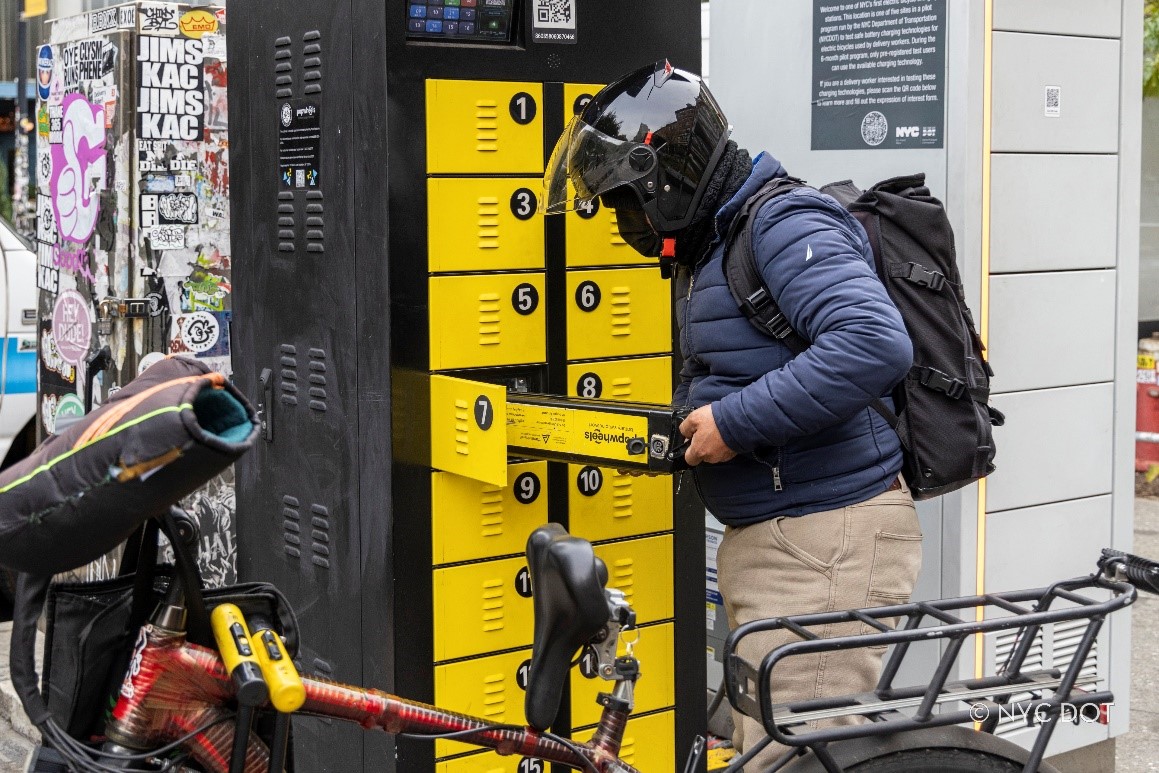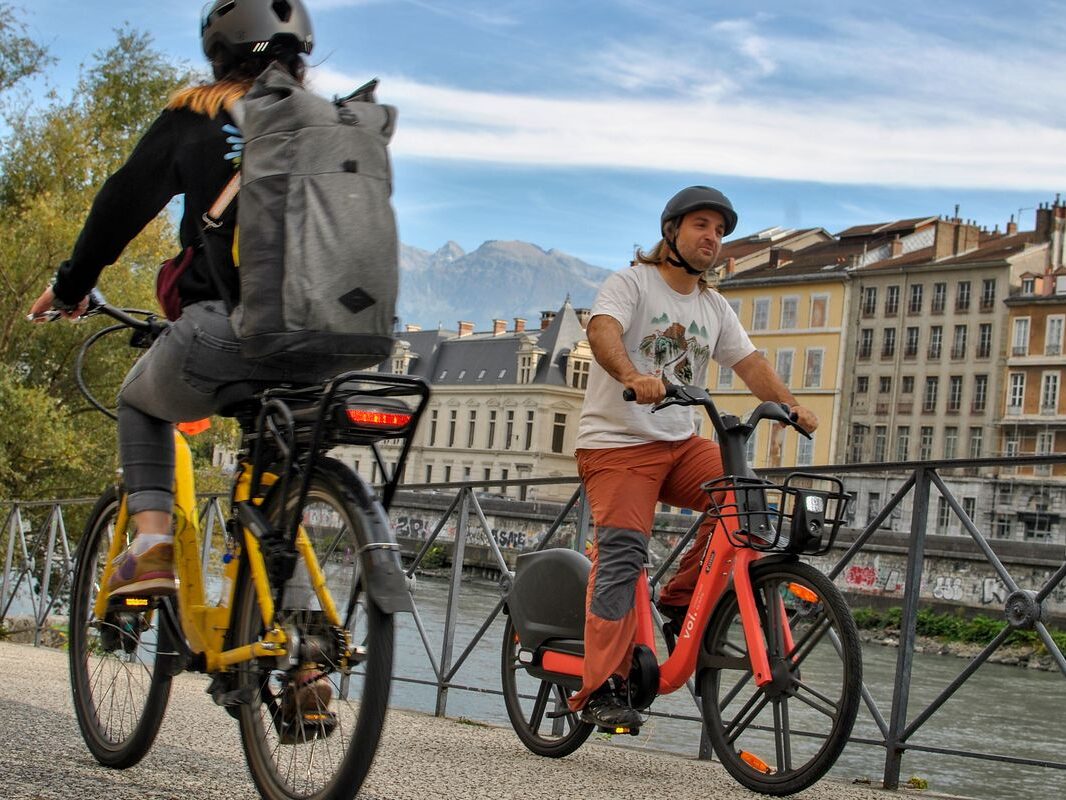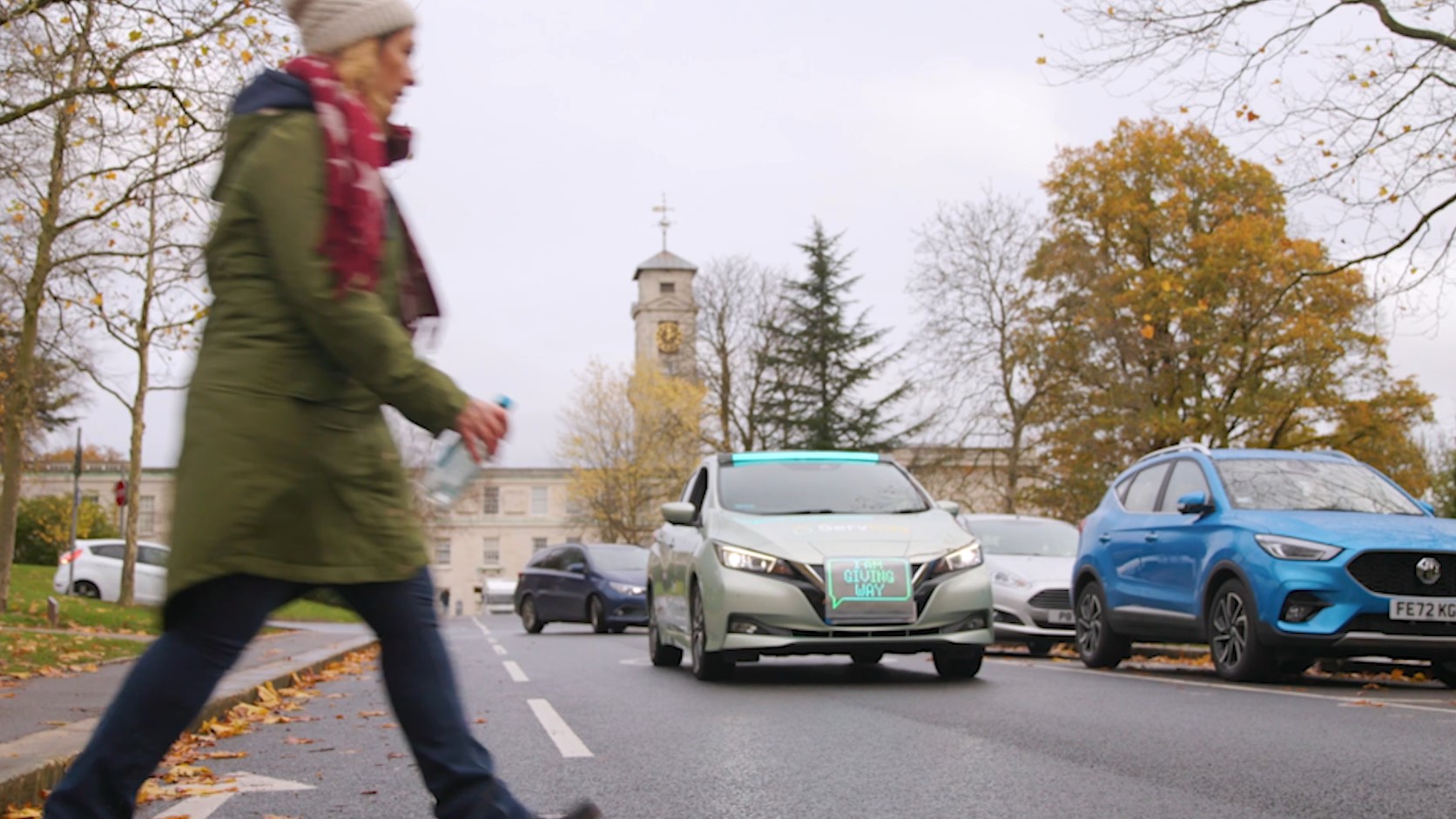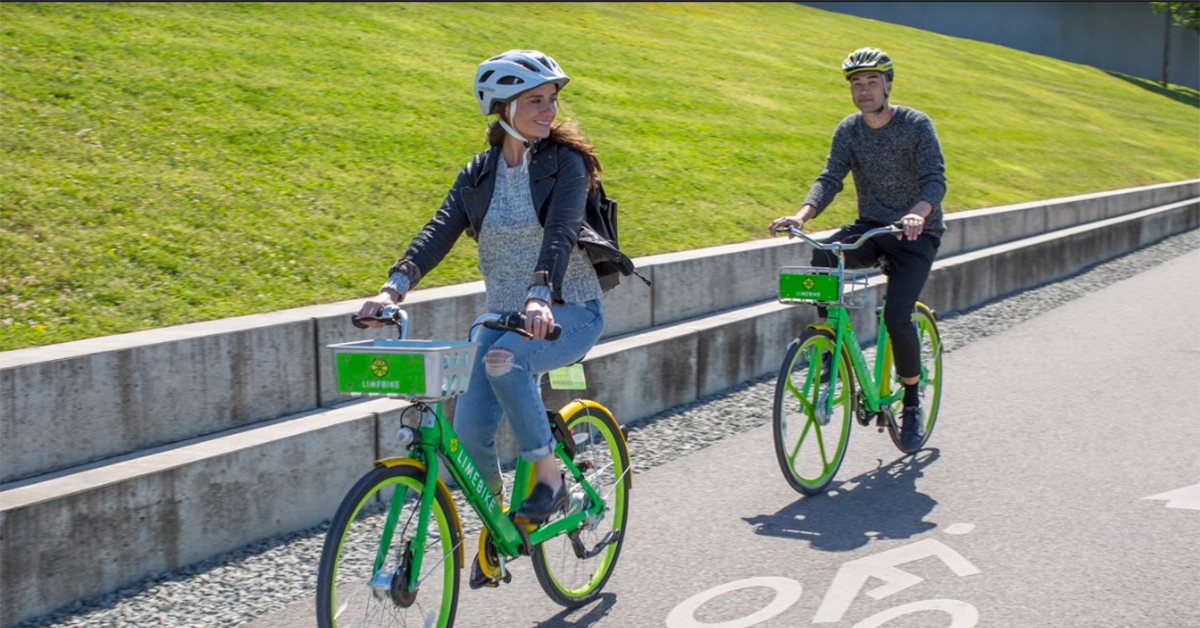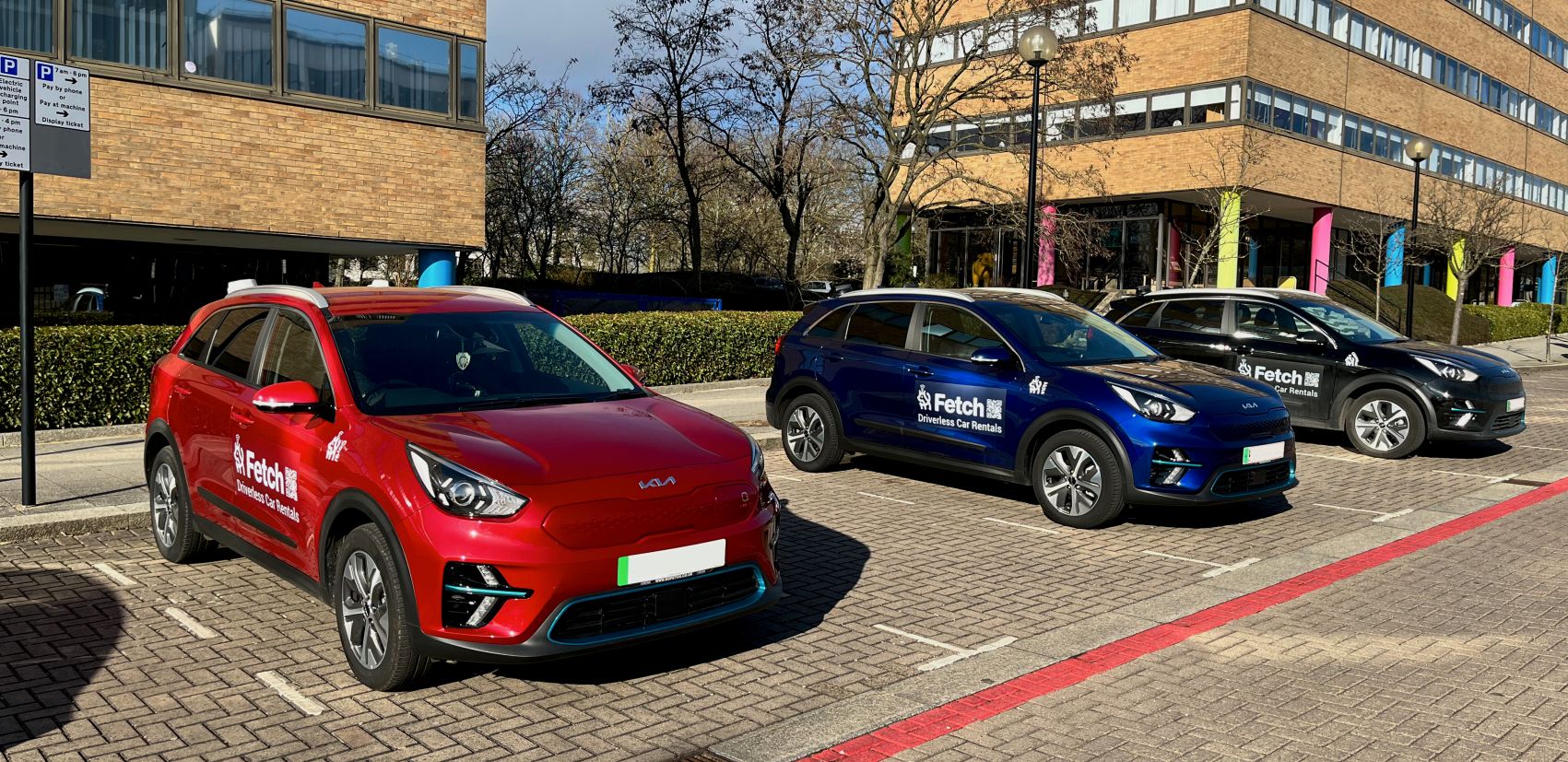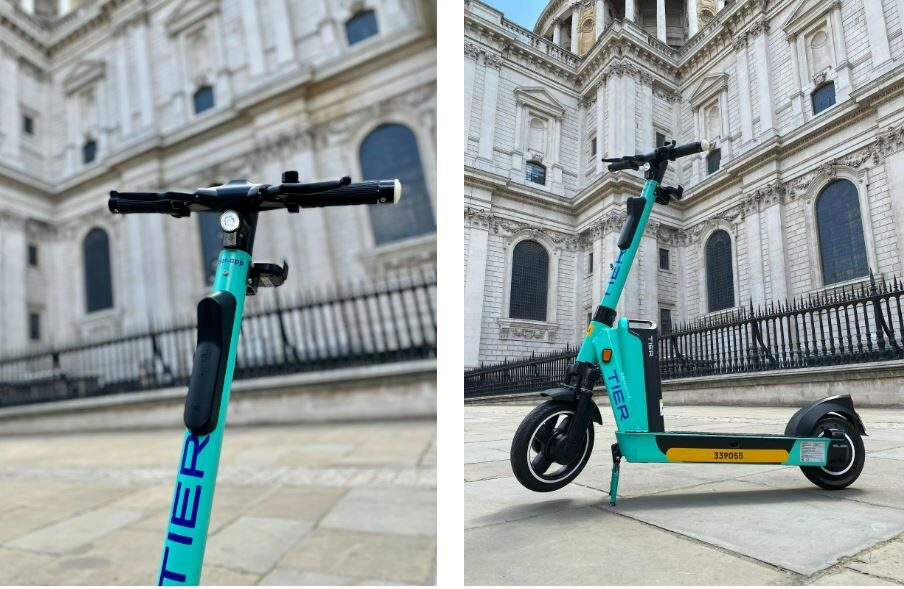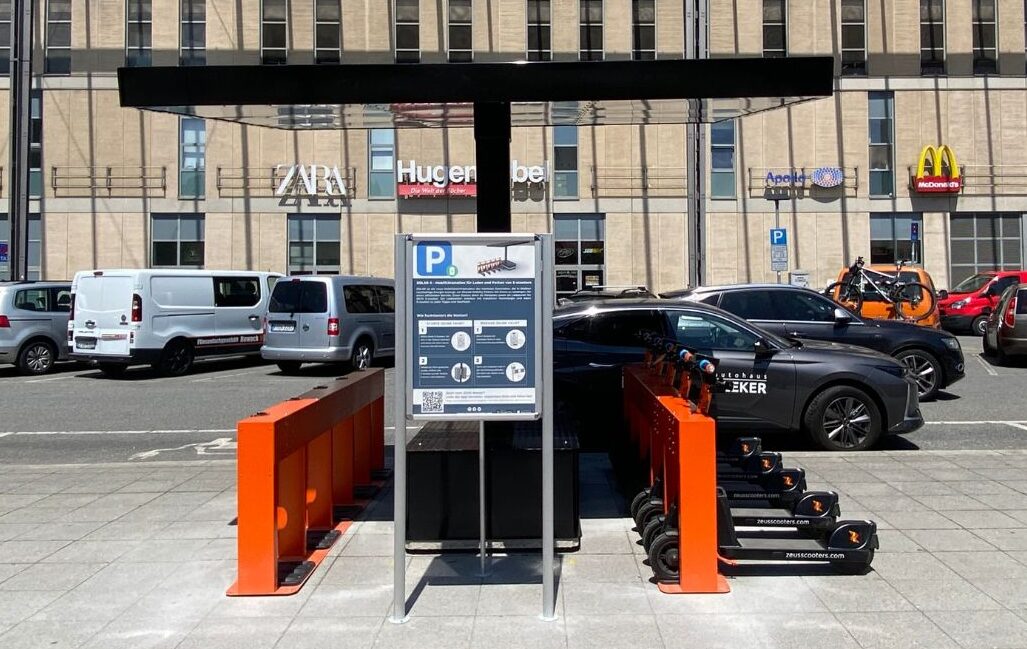Following the recent referendum in Paris that saw voters choose to ban shared e-scooters in the city, the future of micromobility in Europe is a hot topic, with cities looking to evaluate whether e-scooters can be safely integrated into urban transport networks for the long-term future.
On 2 April 2023, residents of Paris had the opportunity to vote ‘For or against self-service scooters’. Of the 7.46% who voted, 89.03% opted to ban their use.
Among those in favour of removing shared e-scooters from the city, safety was considered a key concern, as in 2022 e-scooters were involved in incidents that caused 459 injuries and three deaths in the city.
The industry is now yet to see how the results of this referendum may impact the acceptance of this mode of transport elsewhere in Europe, especially in countries such as the UK, where government regulations are still pending.
It is consequently likely that data evaluating e-scooter incidents will now be paramount in shaping regulatory decisions and public attitudes in the coming months.
In the UK, the most recent comprehensive Department for Transport (DfT) report revealed that the country saw 1,352 recorded collisions involving e-scooters throughout 2021. The report also indicated that 70% of people involved in these collisions did not require medical attention, and 82% of the collisions did not involve any other road users.
Overall, this data produced an estimated casualty rate of 13 casualties per million miles travelled by e-scooter. Compared to a rate of 3.9 for cyclists, this figure may suggest that e-scooters are significantly less safe than bikes, and their rollout should therefore be treated with more caution.
However, during this year’s Parliamentary Advisory Council for Transport Safety (PACTS) Spring Conference, George Beard, Head of New Mobility at the UK’s Transport Research Laboratory (TRL) highlighted that there are a number of important factors to consider that limit such a comparison.
For example, the novelty factor for e-scooters is likely to affect this casualty rate, as unlike bikes, they have not been embedded as a long-standing component of our transport network. This gives cyclists an upper hand, where riders are more practised and competent, having learned to ride from a young age, and other road users are more aware of their presence and behaviours.
George Beard, Head of New Mobility at TRL said:We need to be careful when interpreting the data since it’s not a like-for-like comparison in terms of that user experience. Indeed, self-reported incident data from user surveys in DfT’s evaluation shows that the inexperienced riders were much more likely to report having a collision than the experience.
As the widespread adoption of e-scooters remains a relatively new concept within our transport systems, the associated technologies and designs for these vehicles are also still developing to further improve their safety credentials for riders and the wider public.
The DfT’s research highlighted that the most commonly reported causes for e-scooter incidents included issues with the vehicles, such as the brakes not working; the way geofenced e-scooters behave, with sudden losses and returns of power; finding e-scooters unstable; and encountering slippery road surfaces.
As a result of such issues, many of these problems are now being tackled by shared e-scooter operators who continue to improve their vehicle designs to provide more stability, smoother acceleration and more effective pneumatic tyres for uneven and slippery surfaces.
In addition, operators are also working to improve safety for the wider public, such as through the development of a universal e-scooter sound to alert the visually impaired of their presence.
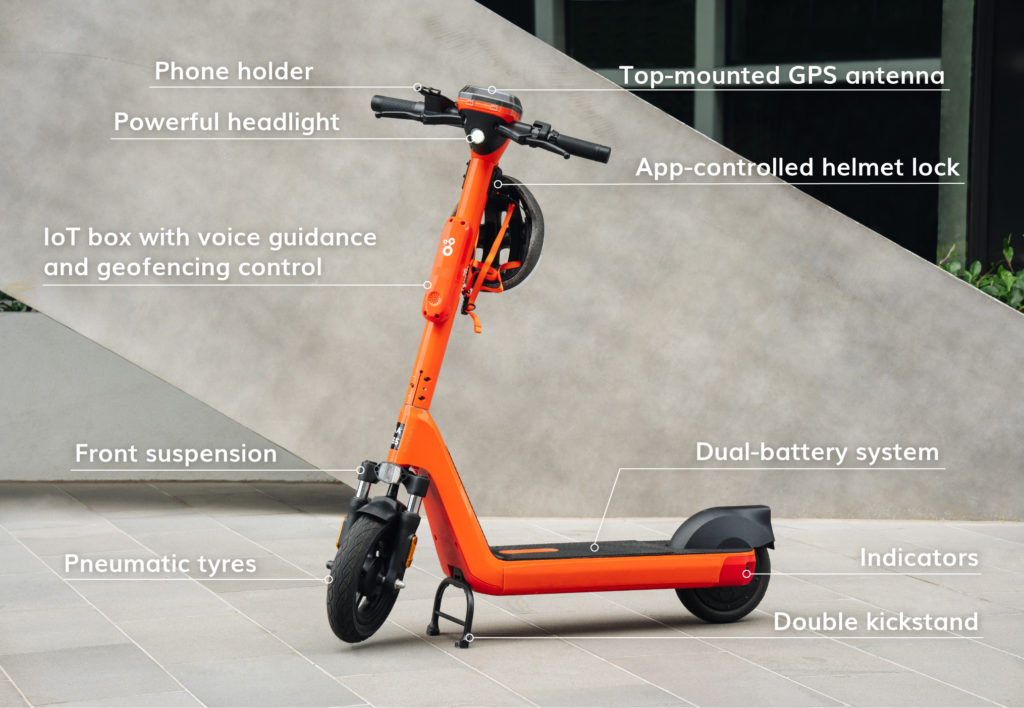
In light of these recent and upcoming developments, it would arguably be erroneous for more cities to ban shared e-scooters at a time when the industry is actively tackling and overcoming their associated safety concerns.
Furthermore, as much of this progress to improve the safety of e-scooter vehicles is specific to shared models rather than privately owned units, Paris’ decision to ban rental e-scooters could be counterproductive. Indeed, many Parisians who previously relied on shared e-scooters may be forced to shift to purchasing their own vehicles, which will not come with the same safety features and geofencing restrictions as the rental units.
Consequently, the outcome of Paris’ referendum is unfortunate and has the potential to negatively impact the future of urban transport. Instead of writing e-scooters off as an unsafe mode of transport, it would be more productive for the industry to continue working with national and local governments to ensure these vehicles can be safely implemented as part of our cities’ established transport systems.

